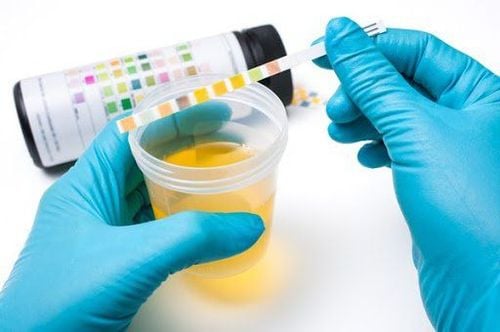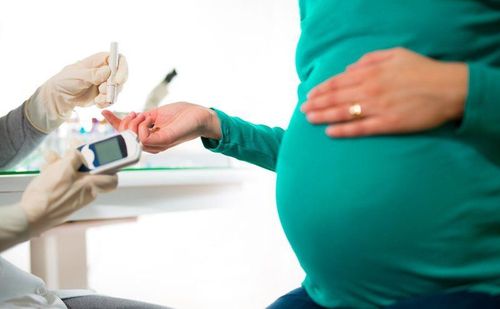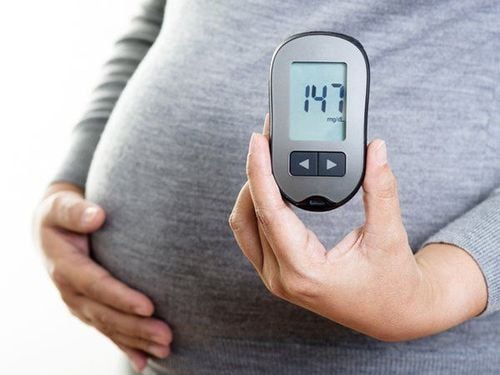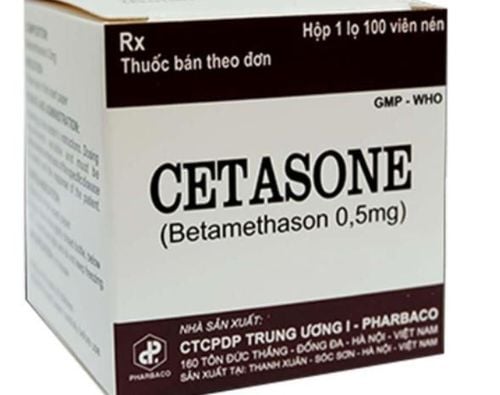This is an automatically translated article.
The article is professionally consulted by Master, Doctor Le Thi Minh Huong - Emergency Medicine Doctor - Department of Resuscitation - Emergency - Vinmec Nha Trang International General Hospital.The fasting plasma glucose test is done to check blood sugar levels after you have fasted for eight hours, based on these results, doctors use to diagnose diabetes and prediabetes.
1. What is a fasting plasma glucose test?
The fasting plasma glucose test (English name is The fasting plasma glucose test and abbreviated as FPG) is the method commonly used to test for diabetes. FPG measures blood sugar levels after fasting or not eating anything for at least 8 hours.Normal fasting blood sugar is less than 100 milligrams per deciliter (mg/dL). If the fasting blood glucose is greater than 100 mg/dL and less than 126 mg/dL, it means that the person has impaired fasting glucose levels but may not have diabetes.
People with diabetes are when fasting blood sugar is greater than 126 mg/dL and some other blood tests also show abnormal results. These tests may be repeated the next day or by measuring glucose 2 hours after a meal. If the results show a blood sugar increase of more than 200 mg/dL, the person is diagnosed with diabetes.
However, if you have normal fasting blood sugar, but have risk factors for diabetes or have symptoms of diabetes, your doctor may perform additional glucose tolerance testing to be sure. that you do not have diabetes.
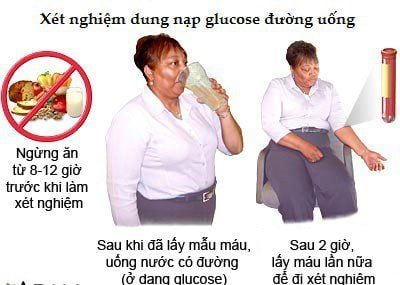
Nghiệm pháp dung nạp glucose đường uống
2. Other diabetes tests
The Casual Plasma Glucose TestRoutine plasma glucose testing is a method of diagnosing diabetes. The doctor will draw blood for blood sugar testing at any time and regardless of the time since the person's last meal. You also do not need to fast before the blood draw.
A glucose level greater than 200 mg/dL may indicate a person may have diabetes, especially if this test is repeated later and gives similar results.
The Oral Glucose Tolerance Test
The oral glucose tolerance test is another method used to detect diabetes, but it is usually done only in time. pregnancy for the diagnosis of gestational diabetes or for a person with suspected type 2 diabetes who has a normal fasting glucose level. In addition, this test can also be done to diagnose prediabetes.
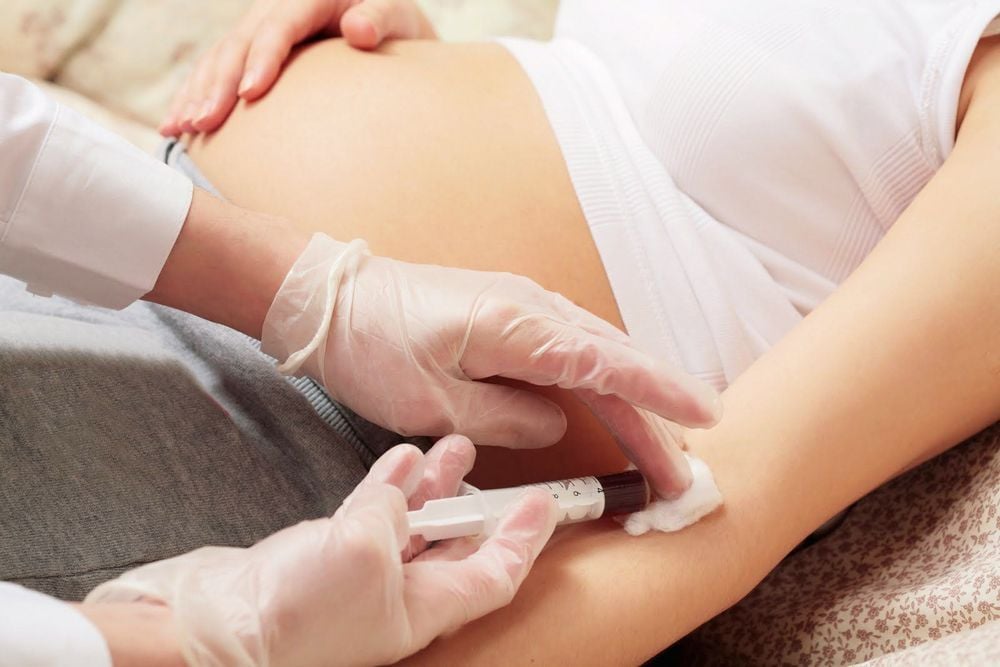
Xét nghiệm dung nạp glucose đường uống trong thai kỳ
The HbA1c test, also known as the glycated hemoglobin or hemoglobin A1c test, is one of the blood tests that plays an important role in the diagnosis of diabetes and is used to identify the patient's level of diabetes control.
The HbA1c test provides information about your average blood sugar over the previous six to 12 weeks and is used in conjunction with home blood glucose monitoring to help your doctor adjust your medications. diabetes treatment. HbA1c levels can also be used to diagnose diabetes if the result is equal to or greater than 6.5%.
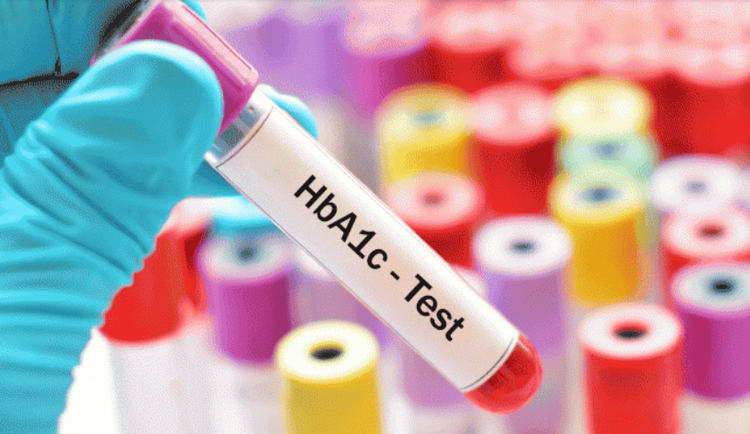
Xét nghiệm HbA1c test
Along with the HbA1c test, people with diabetes need a Dilated eye exam at least once a year. This important test is used to detect early signs of retinopathy, which can cause no early symptoms.
In addition, the patient also needs to be examined for reduced blood circulation in the legs and slow-healing or non-healing sores on the legs 1 to 2 times a year or any periodic health checkup. Early detection of eye and foot problems for people with diabetes allows doctors to prescribe the most appropriate and effective treatment.
Testing for diabetes in children
Many children have no symptoms before being diagnosed with type 2 diabetes. In most cases, diabetes is only discovered when a child has a blood test or a water test. due to other health problems and the doctor accidentally discovered diabetes.
If a child's blood sugar is higher than normal, but not at the level of diabetes (known as prediabetes), the doctor will instruct parents to follow a regular diet and exercise routine to help children reduce the risk of diabetes. Children with type 2 diabetes or prediabetes are almost always overweight or obese.

Xét nghiệm glucose trong máu cần được thực hiện tại cơ sở y tế uy tín
Customers can directly go to Vinmec Health system nationwide to visit or contact the hotline here for support.
MSc. Le Thi Minh Huong has more than 06 years of experience in examination and treatment of internal diseases, emergency and emergency resuscitation. In addition, there is the ability to perform catheterization techniques, artificial kidney in patients with end-stage chronic kidney disease, continuous dialysis, plasma exchange.
Customers can directly go to Vinmec Health system nationwide to visit or contact the hotline here for support.
Reference article source: Webmd.com
MORE:
What is HbA1c test for? How do I know if I should get tested for diabetes? What is an oral glucose tolerance test?





